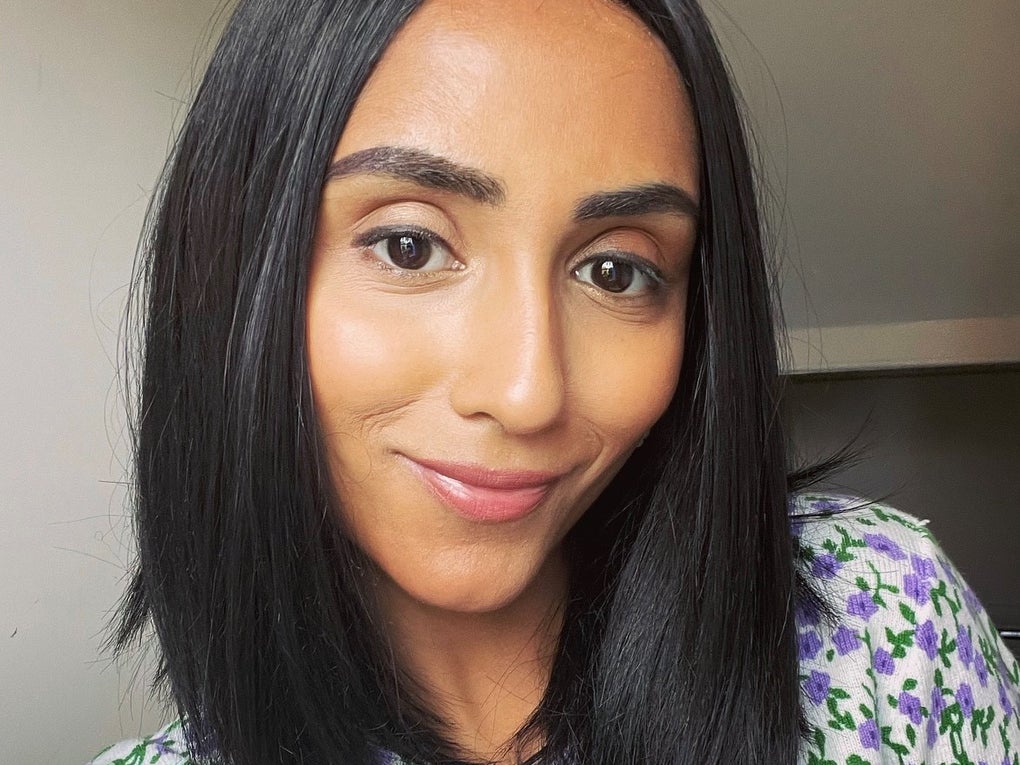
Bansri is calling for more South Asian donors
Bansri's story

Covid-19 lockdown diagnosis
Bansri, 31, was diagnosed with T-cell acute lymphoblastic leukaemia in July 2020, during the height of the Covid-19 pandemic. Her initial symptoms included fatigue, migraines, weakness and breathlessness from daily activities such as climbing the stairs. These were topped off by a three-month-long heavy menstrual cycle, which was totally out of character for her body.
Initially, only having access to over-the-phone consultations, her GP suggested taking iron supplements.
“I was diagnosed at the height of the Covid-19 pandemic, which meant that having in-person doctor appointments were difficult, and often it was difficult to relay my symptoms over the phone,” Bansri recalls.
Chemotherapy and relapse
In February 2021, after three rounds of chemotherapy, Bansri was able to have a blood stem cell transplant from her brother, who was only a 5/10 match, as there were no available donors on the register.
“I was in remission after my transplant but relapsed in November 2021. Since then, I have had three rounds of another type of chemotherapy which managed to get me back into remission, but the leukaemia returned later in 2022. My consultant advised that the best chance of a cure would be to have another stem cell transplant.”
Bansri will receive her second transplant from a sibling, but knows for most people, an unrelated donor is their only chance of survival.
How you can help
Bansri and many other people diagnosed with a blood cancer rely on a blood stem cell transplant for a second chance at life.
However, the genetic makeup of people from South Asian backgrounds is very complex, so, the chance of finding a 10/10 match is 37 percent for them compared to 72 percent for white European patients. In order to address this imbalance, we need to over-represent those from South Asian backgrounds on the donor register.
If you are between 17-55 and in general good health, please consider joining the register. You may be able to help someone in need of a donor.